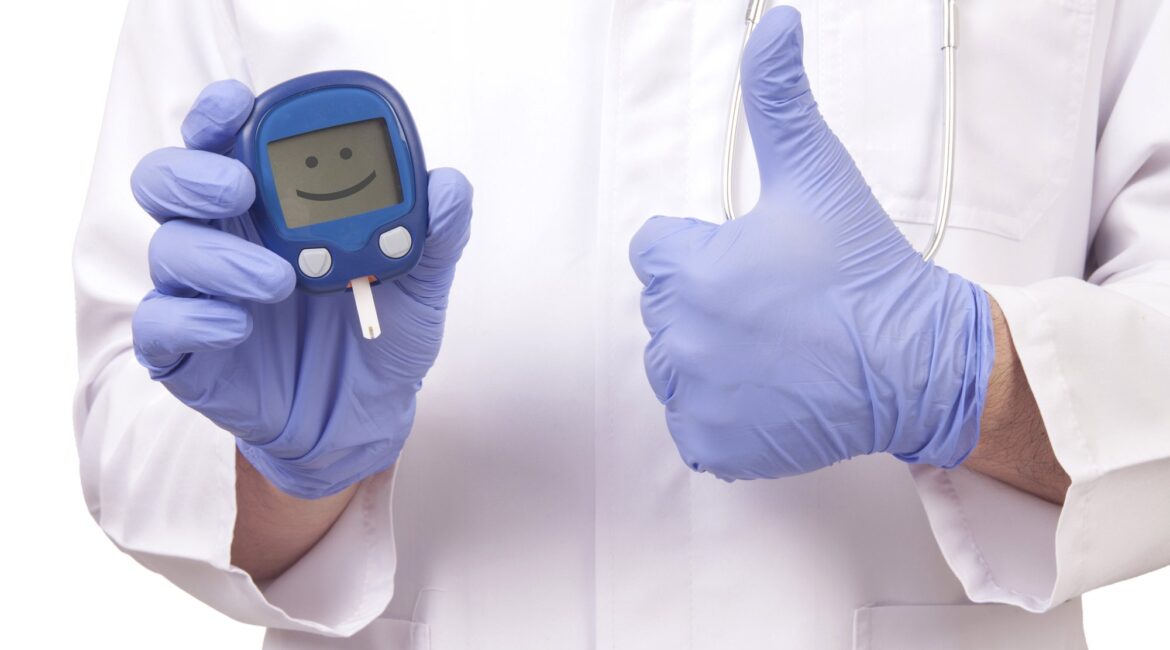Calories in – Calories out is a useless concept for diabetics. If we cannot tolerate Carbs, the common-sense approach is to ditch them. We should not wait for ADA, CDA guidelines to change. Why wait till the situation gets worse?
Waiting too long to change our ways also means we allow our body to undergo permanent damage that cannot be reversed. It is immensely more important that we as diabetics take charge of our health before our health gets out of control. After all, if you have peanut allergy, you ditch peanuts. The same applies to carbs. But that will not by itself make the low carb plan sustainable as a lifestyle diet.
Well, there is plenty of research that validates good fats. They have zero carbs and the medium-chain fatty acids have multiple health benefits. We arrived at this brilliant, yet practical way to deal with diabetes based on research by doctors like Dr. Richard Bernstein, Dr. Jason Fung and our own Dr. Vijaya Raghavan from Chennai.
Remember, before the modern medicines arrived – with terrible side effects – to combat diabetes, low carb diet was the first line of treatment even in the 18th century.
In a low carb high fat diet, we get minimal carbs from healthy complex-carb-containing vegetables with high fiber and beneficial micro nutrients. There’s a list with macro of common vegetables on the forum to help you get started. There’s similar ready-to-refer charts for fruits, nuts and legumes also. Now how do we switch to a low carb high fat lifestyle, the desi way? Here are some things to consider:
1. Learn about foods that you should have stock of daily. What should be a part of your pantry is outlined in this thread on the forum. The sky is the limit. During the transition phase, you can limit yourself to a few tried out simple recipes and repeat.
2, Keep a glucometer handy to test FBS and PPBS. The initial three months of testing will help you identify your carb tolerance level for different foods.
3. Learn to read labels and count carbs. Also, learn the art of substitution.
4. Understand how to address fatigue, dizziness, dehydration etc.
5. Calculate your estimated fat and protein requirements for your daily caloric need.
6. Introduce Intermittent fasting into your schedule; eat all the calories with breakfast and lunch while skipping dinner, or skip breakfast and eat lunch and dinner to meet all daily needs.
7. Learn how to do targeted walking to reduce BS.
8. Do not worry about lipid results for the first few months. Your BS should begin to improve in 3-4 weeks’ time.
9. If you have achieved your desired results in the first 3-6 months, start having fun, because you will have more energy and stamina. To your surprise you will lose weight, and BP and cholesterol levels will improve.
10. You have the power to transform your health and dLife.in will be there to walk and talk you through the initial steps, to empathize with you, and to provide you with assistance to understand the foundation for this lifelong paradigm shift.
This is a purposeful, health-giving, life-changing transformation that will change the way you think about food. Every diabetic should know everything about how food reacts with their metabolism. There is more research than ever and now with Google search, anyone from any part of the globe can access information.
However, is all information genuine or a scam? dLife.in is on top of the game to provide you with the latest research in the field of diabetes, from reliable sources. Are you ready to begin the journey to become a successful dLifer? If yes, then click the JOIN Now button below.




